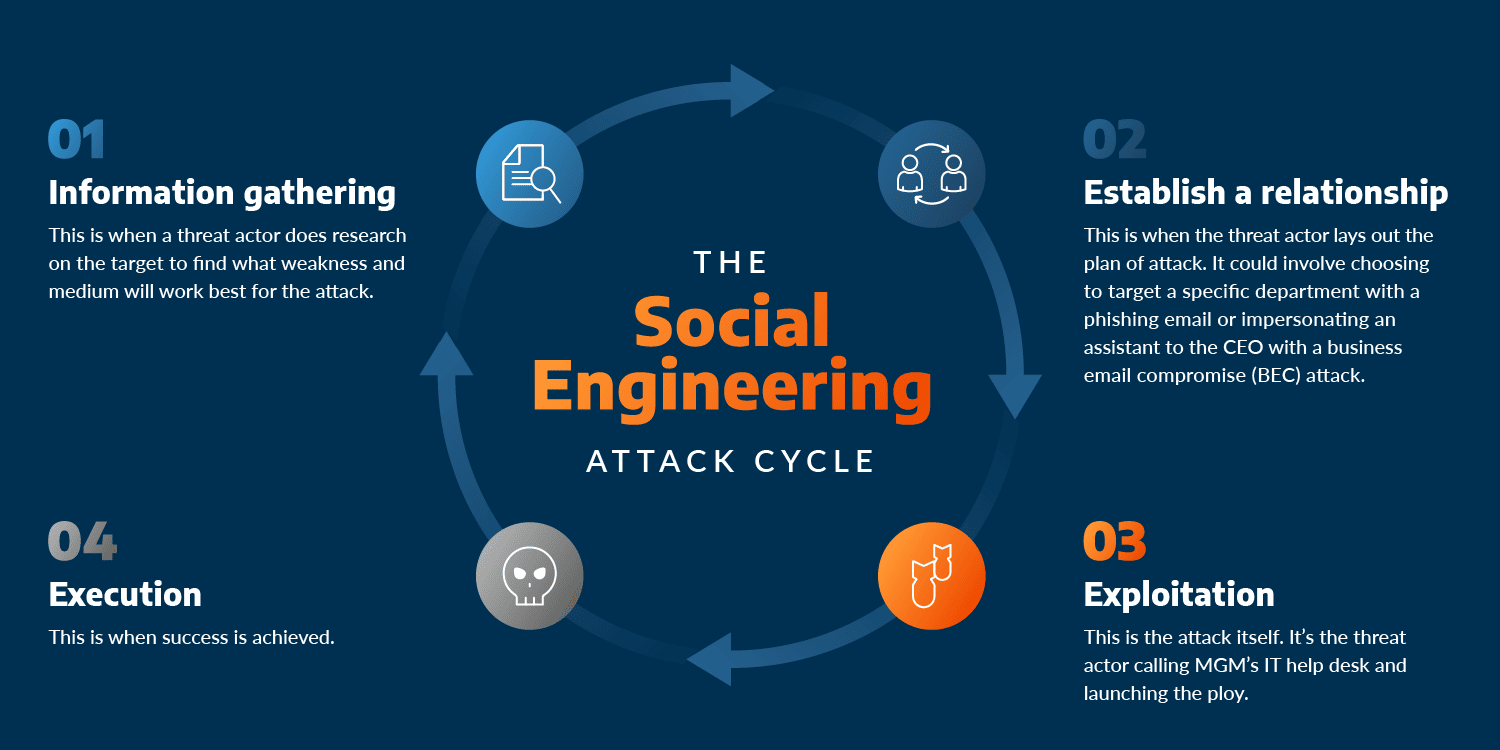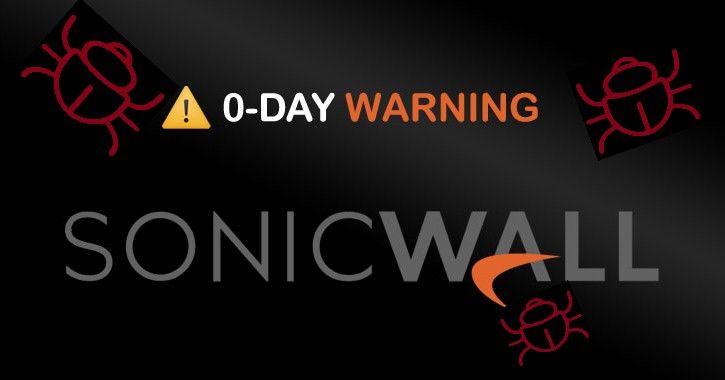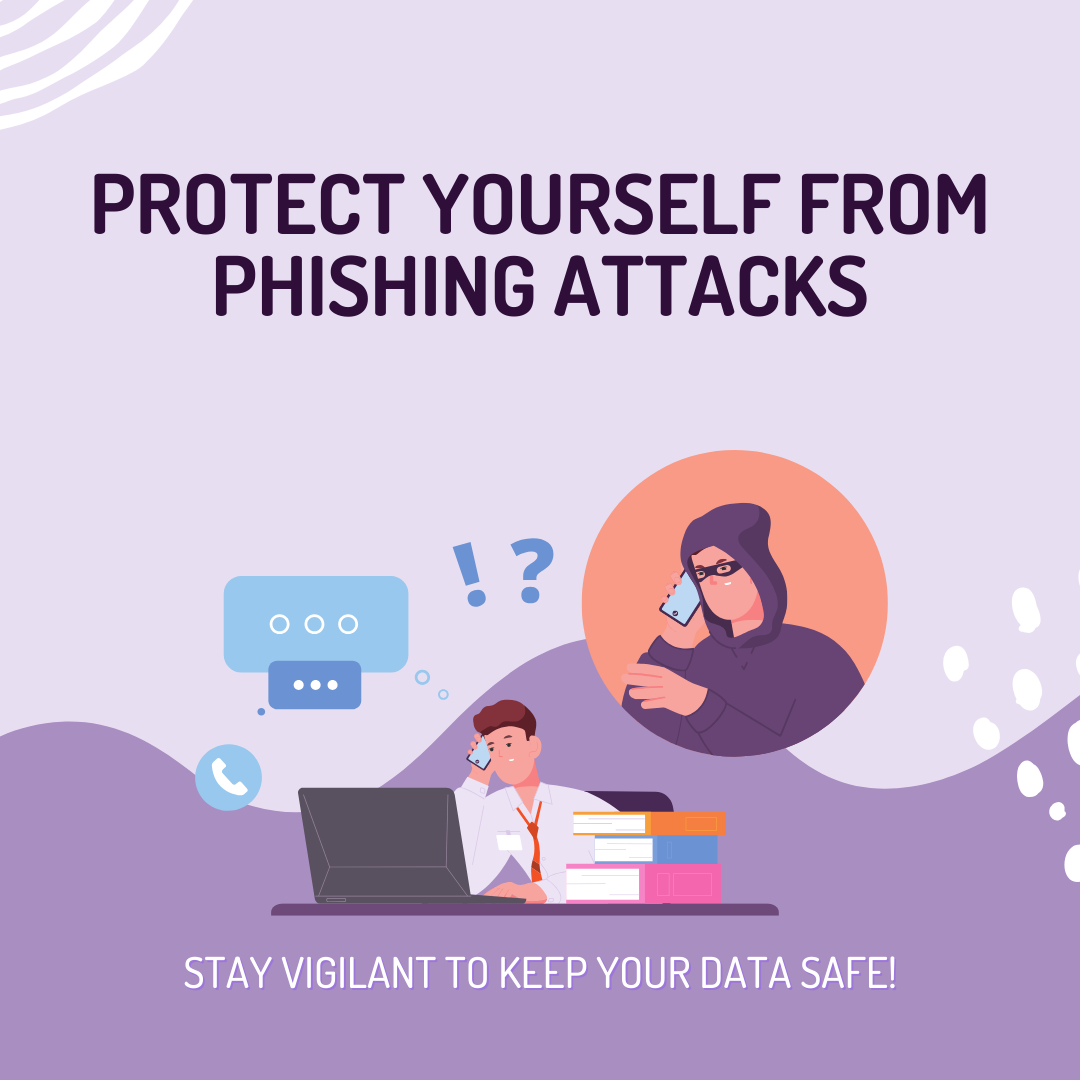COMPLIANCE
Why
Compliance-as-a-Service?
Compliance as a service is exactly what it sounds like. We provide our expertise to advise a business on what requirements you are liable for based on a governing agency. For example, a doctor’s office needs to follow HIPAA. (If you’ve ever been to a doctor, you’ve signed one of those notices!)
A CaaS provider would be the person advising the doctor’s office on the things they need to do to comply with HIPAA’s regulations and requirements so that they uphold client trust, professional rules and sometimes even U.S. law.
BENEFITS
Reduce Burden
Dramatically reduce the burden of complying with expanding mandates
Avoid Fines!
Avoid fines, Code of Conduct, and other penalties
Due Diligence Proof
Proof of due diligence and best efforts mitigates penalties even in the event of a violation
Current Compliance
Keep compliance current
Qualify for Cyber Insurance
Qualify for superior cyber insurance coverage
Improve Employee On-Boarding
Improve on-boarding of new employees
How do you stay “In Compliance”?
WHY SHOULD I USE A THIRD-PARTY?
How does using third-party analysis help with compliance?
Let’s be blunt - third-party assessments are becoming a standard requirement among regulators and safeguards. They’re no longer an item on your “when we get around to it” list.
Important note: Third-party assessment is not just about compliance anymore! Insurance companies are now asking for third-party assessments. Having quarterly assessments ready at-hand will make you more insurable at a lower cost.
Over 80% of cyber insurance self-assessment questionnaires ask if routine vulnerability scans are being performed no more than 90 days apart. This tells us that the importance of third-party risk assessments is only growing amongst insurance providers.
Vulnerability scans are a standard part of cybersecurity. There’s no way around them if you truly want your organization to be secure.








